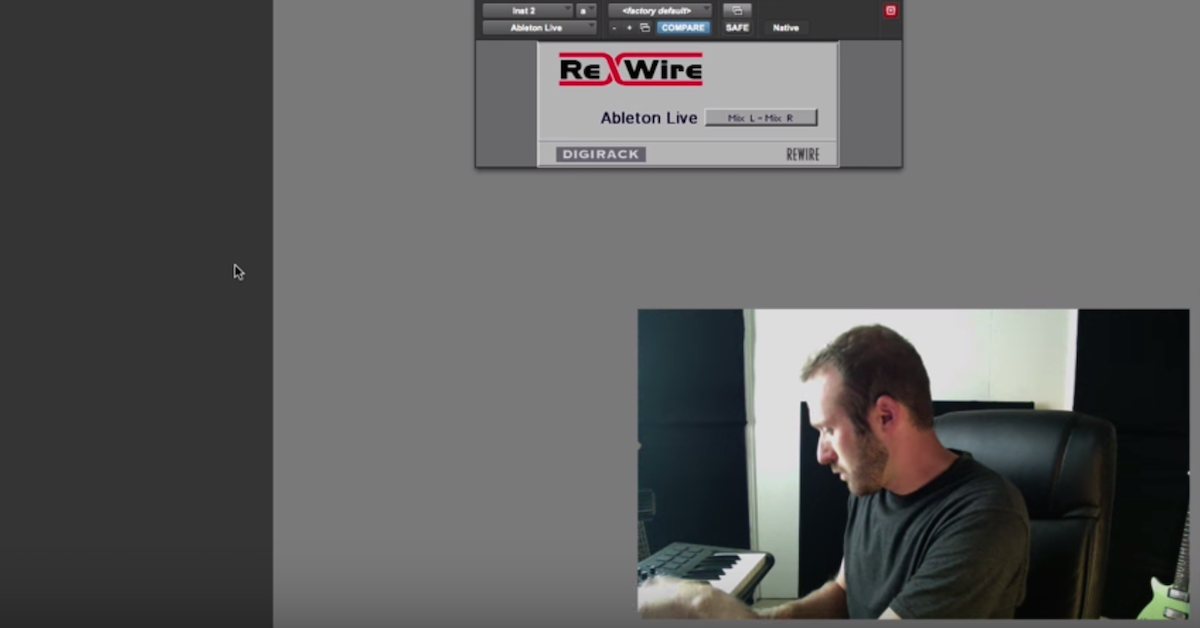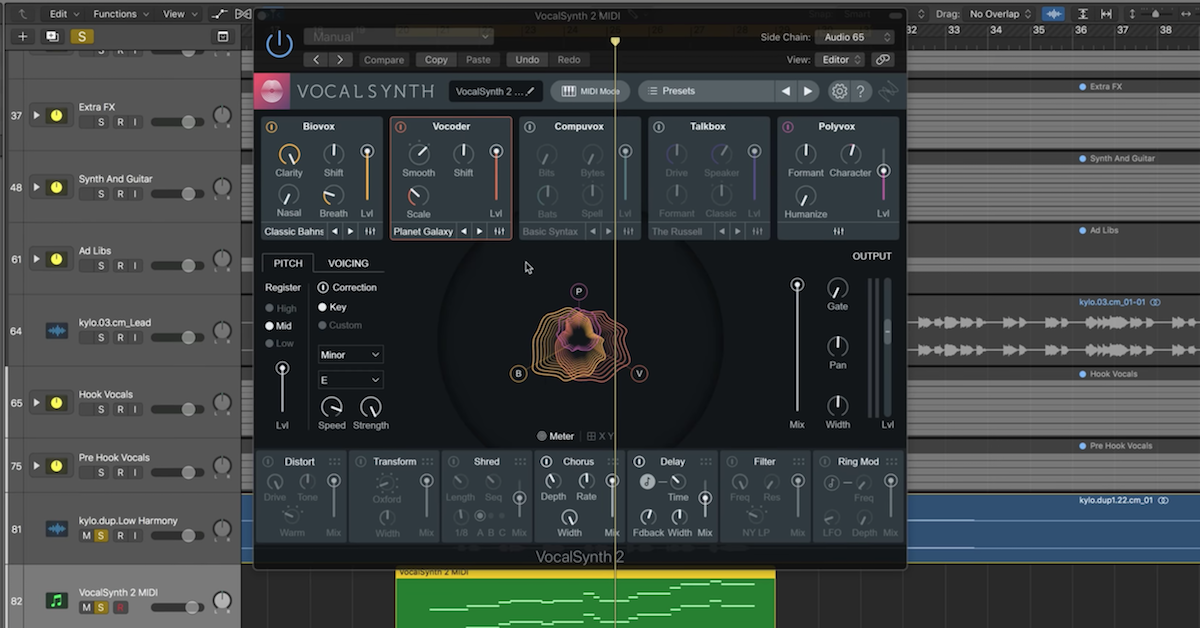Why Ableton Live is a Superior DAW for Music Production
Article Content
I’ve been using Ableton Live for over 3 years now. As a user of Pro Tools almost exclusively for the past 15 years, I’ll admit that it took some time to get used to the look and feel of the program, but as I dove deeper into Live, I realized that the sonic and musical capabilities of the program are much more robust than any other DAW I’d used. For anyone interested in songwriting or production, I strongly recommend learning how to use Ableton Live, and here’s why:
1. Live Feels Like an Instrument
There’s something about the speed and ease with which I can access and edit sounds in Live that allows me to feel inspired and enter a creative mindset almost instantly. In comparison, I find Pro Tools to be a rigid, sterile, hyper-organized way of working. That’s absolutely not an insult — I still prefer Pro Tools for straightforward music mixing and sound editing, but Live has this “box of toys” feel to it.
There are so many sonic possibilities, and what’s so inspiring about Live is how much fun the journey in achieving your desired sounds can be. I’ve found numerous other DAWs to put up more of a fight with me when I’m producing if that makes any sense, and I rarely ever feel that way about Live. Within minutes of opening Ableton Live, the program allows me to feel like I’m really playing.
2. Ableton Push Integration
Even with a mouse, keyboard and MIDI Keyboard, Live can be a lot of fun. Once you understand the difference between the Session and Arrangement views, it’s relatively easy to start feeling inspired and making music.
If you’re fortunate enough to get your hands on a Push control surface, what was already a fun program to use becomes an entirely different experience altogether. As I mentioned, Live already feels like an instrument, but placing an intuitive and expertly designed control surface in front of it truly allows you to play the program. From finger-drumming, to step sequencing, to the ability to incorporate different musical scales when creating chords and melodies, the tools on the Push and Push 2 provide a new and unique perspective on how music can be created.
3. The Community
Obviously, as a regular contributor to this site, something that I appreciate is the idea of sharing knowledge, but also packaging it in a way that’s easy to understand. One of the downsides of how easily we can share this knowledge is that there’s admittedly a lot of misleading, poorly-produced content floating about.
Ableton has done a great job in that you can go directly to their website or YouTube channel for well-made, clearly explained, helpful tutorials and articles. There are also a lot of interesting and inspiring videos featuring artists that have incorporated Live and other Ableton products into their music-making process.
I’ve found that Live users range from DJs to music producers, to those interested in live event production (Iris by Cirque De Soleil was executed using Live.) While I can certainly chop it up for hours on end with my fellow “traditional” engineers who came up using early versions of Pro Tools, similar DAWs, or analog tape, it’s nice to get the fresh perspective of engineers and producers who are using Live.
4. The Sounds and Sonic Flexibility
The fact that the music-making process, the control surfaces, and the community are all great wouldn’t mean much if Live itself didn’t sound great. The stock sounds, instruments, effects, samples and clips are solid and incredibly deep, and the fact that Ableton and many third-parties are developing packs to be used within Live ensures that the sonic possibilities within Live continue to grow.
Additionally, the stock effects and capabilities of Live rival any other DAW currently on the market. Lightning-fast audio warping, intuitive sampling and generating MIDI directly from audio are just a few of the many next-level features packed into the base model of Live.
Although I love listening to and mixing straightforward Pop Music, I’ve also always been interested in art and media that features less traditional sonic textures. For sound design, sonic performance art, and creating fresh auditory experiences, I’ve yet to find a DAW as sonically/creatively varied as Live, especially when paired with the programming language Max/MSP in the form of Max for Live.
5. You Think About Creating Music and Sound in a Different Way
I’ve spent most of my career in audio capturing, tweaking, massaging and improving other people’s material. This includes recording already-fleshed-out songs in a recording studio, mixing music to sound commercially viable and pleasing to clients, or creating sound design, sound effects editing, and re-recording mixing during film post-production. Because of this, I had begun to think of the concept of a DAW as a means to an end — a tool only designed to capture and achieve a certain standard of audio quality for media to be distributed to the general public.
Perhaps this is why I’ve become enamored with Ableton Live for music production, as it’s more designed towards creating a fun and unique user experience. The process is more exciting because the program seems to be designed for the user to enjoy the journey more so than the final product. It’s nice to take off my mix engineer’s hat and re-frame the way I look at how music is performed and assembled.
Summary
If you’re feeling a bit uninspired with your current DAW, and you’ve not yet used Live, I suggest trying the free 30-day demo.
Personally, I still feel a bit more in control and comfortable with tasks such as straight-up sound and music recording, editing of audio and final mixing using a more traditional DAW such as Pro Tools. That being said, great things can happen when you remove yourself from your comfort zone, and if you’ve got the time to take on a new endeavor, Ableton Live is a lot of fun to use and is a fantastic tool for music production, regardless of the genre.







